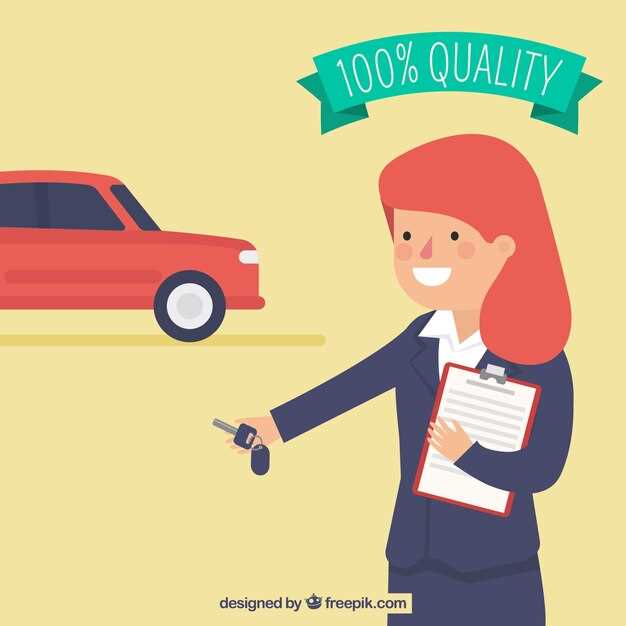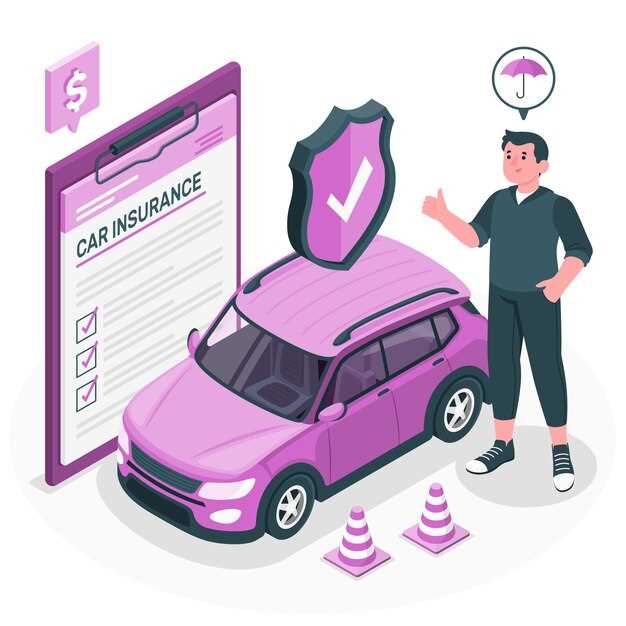
When you’re involved in an automobile accident or experience damage to your vehicle, the process of filing an insurance claim can seem overwhelming. Understanding the steps involved can significantly ease the stress during this challenging time. This guide offers a clear, step-by-step approach to navigating the car insurance claim process, ensuring you know what to expect and how to proceed effectively.
First and foremost, it is crucial to gather all necessary information at the scene of the incident or as soon as possible thereafter. This includes collecting details about the accident, such as the other party’s insurance information, photographs of the scene, and any police reports filed. Having this information ready will streamline the claims process and help substantiate your claim.
Next, notifying your insurance provider promptly is essential. Most policies require you to report an accident as soon as possible, ensuring you adhere to any timelines stipulated in your agreement. This step will kickstart the claims process and allow your insurance company to assess the situation and provide guidance on the next steps.
In the following sections, we will delve deeper into each of these stages, offering practical tips and essential information to help you successfully navigate your car insurance claim from start to finish. Understanding these steps can make a significant difference in how efficiently and effectively your claim is resolved.
Gathering Necessary Information for Your Claim

When filing a car insurance claim, it is crucial to gather all necessary information to ensure a smooth process. This information will help your insurance provider assess the situation accurately and expedite the claim resolution. Here’s what you need to collect:
- Accident Details: Document the specifics of the incident, including the date, time, and location.
- Insurance Policy Information: Have your policy number and details readily available. This includes the name of your insurance company and your coverage type.
- Involved Parties’ Information:
- Names and contact information of all drivers involved.
- Insurance details for every driver, including policy numbers and company names.
- Vehicle registration numbers and details of each vehicle involved.
- Witness Information: Collect names and contact information from any witnesses who saw the accident.
- Police Report: If law enforcement was involved, obtain the report number and officer’s contact information. Secure a copy of the report if possible.
- Photos and Evidence:
- Take pictures of the accident scene, vehicle damages, and any relevant road signs or signals.
- Document injuries sustained, if applicable.
- Medical Records: If there were injuries, gather any medical records or bills related to treatment.
- Estimates for Repairs: Get estimates from auto repair shops for the damages incurred. This information can assist in determining the claim amount.
Having this information ready will facilitate the claims process, allowing you to provide accurate and thorough details to your insurance company. This preparation can greatly impact the efficiency with which your claim is processed and settled.
Submitting Your Claim: What to Expect

Submitting your car insurance claim can seem daunting, but understanding the process can help simplify it. Once you have gathered all necessary information and documentation, you will initiate the claim process with your insurance provider.
First, you will contact your insurance company, either through their website or by phone. Be prepared to provide your policy number, details of the incident, and any relevant documentation you collected, such as photographs and police reports. This initial contact is crucial, as it will set the stage for your claim’s progress.
After you submit your claim, an adjuster will be assigned to your case. The adjuster is responsible for reviewing the information provided and assessing the damages. They may contact you for further clarification or additional details, so it is essential to remain accessible during this stage.
The adjuster will conduct a thorough investigation, which may include inspecting the vehicle, reviewing accident reports, and consulting with medical professionals if injuries are involved. This process can take varying amounts of time, depending on the complexity of the claim.
Once the investigation is complete, the adjuster will provide you with a decision regarding your claim. If approved, you will receive a settlement offer outlining the compensation amount. It is important to review this offer carefully. If you believe the amount does not reflect your damages, you have the right to negotiate the settlement before accepting it.
Finally, once you agree on the settlement, the insurance company will process the payment. Keep in mind that this can take several days to weeks. Ensure you understand the timeline and any steps you may need to take to finalize the process.
Throughout this process, maintain open communication with your insurance company. Being proactive can help expedite your claim and ensure you are duly compensated for your loss.
Following Up and Understanding the Claims Process
Once you have submitted your car insurance claim, it is essential to stay informed about the progress of your case. Regular follow-ups can help ensure that your claim is being processed efficiently. Typically, insurance companies will provide you with a claim number, which you should keep handy for all communications.
Start by contacting your claims adjuster to discuss the status of your claim. The adjuster will have insights into the current stage of the process and can address any questions you may have. It is helpful to write down any queries beforehand to make the conversation more productive.
Understanding the claims process is crucial for setting realistic expectations. Initially, the claim will be assigned to an adjuster who will investigate your case. This may involve reviewing police reports, gathering statements from witnesses, and assessing damage to your vehicle. The time frame for this investigation can vary based on the complexity of the claim.
After the investigation, you’ll receive a decision regarding your claim. If approved, the insurance company will outline what damages are covered and the amount you will be compensated. If your claim is denied, you can request clarification and ask for a detailed explanation of the reasons behind the denial.
In many cases, if you disagree with the decision, you have the option to appeal. Initiating an appeal typically requires you to submit additional documentation or provide new evidence supporting your case. Make sure to follow your insurance company’s specific appeals process and keep a thorough record of all correspondence.
Monitoring the progress of your claim can prevent delays and miscommunication. Utilize every available resource, such as online claim tracking tools provided by your insurance company, to stay updated. Staying proactive can facilitate a smoother claims experience and lead to timely compensation for your damages.





